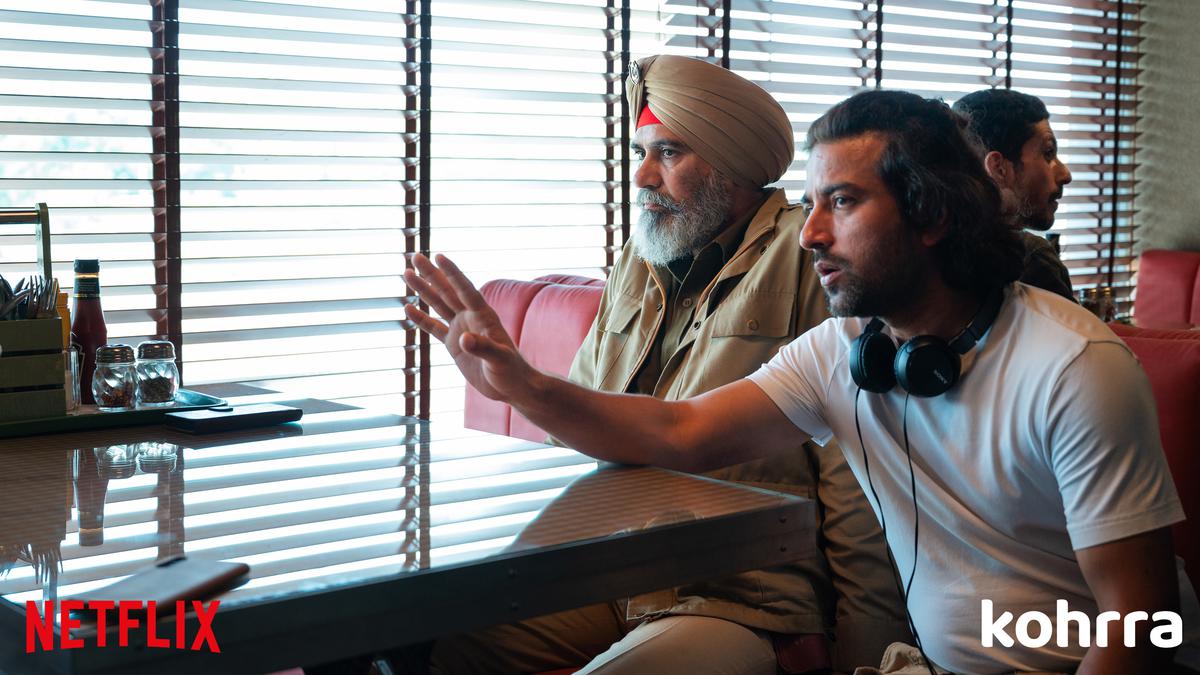
The rise of Punjabi cinema
The Hindu
As Cinevesture International Film Festival takes wing, four film makers deliberate on how Punjab is emerging as a fertile ground for cinematic narratives with an independent streak
After being moribund for years, Punjabi cinema got a facelift when a sullen Suvinder Vicky looked into the camera in Kohrra. As sub inspector Balwinder Singh, his dour face revealed the scars of a violent past that the community is hiding behind the miasma of mirth and masculinity.
For those following Punjabi cinema, Kohrra is the harvest of the rich seeds of cinema sown a decade back by Gurvinder Singh whose arthouse films Anhey Ghorey Da Daan (2011), Chauthi Koot (2015) and Adh Chanani Raat (2022) put Punjabi cinema on the map of World Cinema. The incremental change has given shape to Cinvesture International Film Festival happening in Chandigarh this week with a rich variety of voices from across the world.
A first of its kind in the region, the spotlight is on Punjabi cinema and tales from the border state that are slowly moving from cliched narratives of Jatt pride to a more nuanced take on immigration, caste, patriarchy, drugs, and a false sense of masculinity. Apart from Adh Chanani Raat, where Gurvinder dissects the idea of honour and attachment to land among Jat Sikhs in a painterly fashion, the festival screened Anmol Sidhu’s Jaggi whose disturbing tale of the impotence of a schoolboy in a masculine society acquires multiple meanings in a patriarchal system.
Then there is I Am Sirat, Deepa Mehta’s documentary on the complex reality of a transgender who is a woman in her professional life but acts as a son to her mother. In the market section, there is Anurag Singh’s Encounter, a follow-up to his deeply moving Punjab 1984 that challenged Diljit Dosanjh to explore his range.
On the advisory board of CIFF, Ajitpal Singh, whose critically acclaimed Tabbar ignited interest in layered narratives from Punjab before Kohrra happened, says “Making films is easier but we need steady stewardship to take them out. Once in a while, The Disciple gets made because Alfonso Cuaron decides to present it. The challenge is how to show an independent film in India. You are doomed if you don’t have a Karan Johar or Kiran Rao presenting it. If you don’t have an ageing film star or TV star looking for a de-glamourised avatar to headline your film, it’s hard to find even an OTT release. Anyway, the platforms are expecting a theatrical release first.”
Our theatres don’t offer the audience a choice. “But are people watching MUBI that is brimming with choices from the alternative space? The filmmaker needs to ask himself for whom he is making the film. I don’t want to say that every independent filmmaker should become a Bollywood director but we should ask ourselves how Satyajit Ray found an audience. For me, if I don’t have an audience, I am not a filmmaker,” he adds.
Kohrra director Randeep Jha hails from Motihari in Bihar but has grown up on a diet of Gurvinder’s films and Barry John’s theatre before assisting Anurag Kashyap. His three-year journey with the series made him realise that people in the State are looking for emotional closure for the events of the past.











